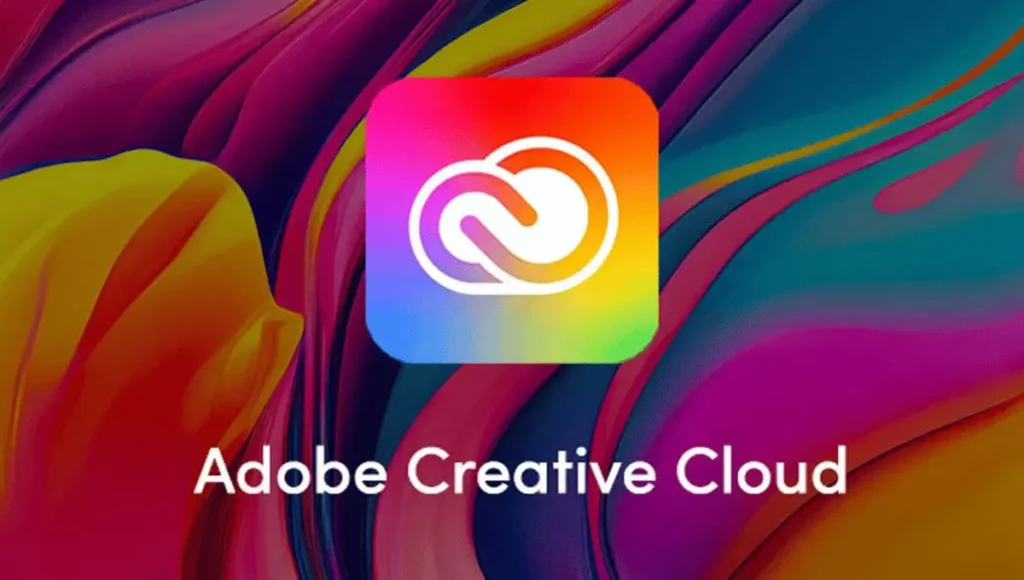Nowadays, creative professionals are faced with both exciting opportunities and unique challenges. The rise of technology has transformed the way we approach design, making it important for designers to stay updated with the latest tools and trends. Whether you’re a graphic designer, web developer, or multimedia artist, there are several must-haves to help you stay ahead in this dynamic field. From high-quality hardware to online communities, these tools can take your design skills to the next level. Additionally, the ability to adapt to emerging technologies, such as creative clouds and virtual desktops, can significantly broaden your creative horizons.
The Digital Canvas: High-Performance Hardware
When it comes to creative design, having the right hardware is similar to an artist selecting the finest brushes and canvases. A high-performance computer or laptop is the foundation of any creative professional’s toolkit. Look for devices equipped with powerful CPUs and GPUs to handle resource-intensive tasks with ease. For those who require mobility, laptops with dedicated graphics cards can provide the necessary power. Furthermore, investing in a high-resolution display will ensure you can see your work in all its glory.
Creative Software Suites: Adobe Creative Cloud

Creative professionals, especially graphic designers and video editors, rely heavily on software suites to bring their visions to life. Adobe Creative Cloud, which includes industry-standard applications such as Photoshop, Illustrator, Premiere Pro, and After Effects, remains a vital tool. With regular updates and a library full of plugins and extensions, it offers a versatile platform for professionals in various areas. The intuitive interface of Adobe products ensures a shallow learning curve, allowing you to focus on your creativity. Moreover, Adobe Creative Cloud’s integration allows team members and clients to share ideas and work on projects together, regardless of location.
Cloud Storage and Collaboration: Streamlining Workflow
Co-working spaces and remote opportunities play a big role in the digital world. Creative professionals often need to work with team members or clients who may be located across the globe. Cloud storage solutions like Dropbox, Google Drive, or Adobe Creative offer security and seamless collaboration. Multiple users can work on the same document simultaneously, making real-time feedback and edits a breeze. Furthermore, these cloud-based platforms often come with version control features, ensuring you can easily track changes and revert to previous versions if needed.
Design Inspiration and Resources: Online Communities
Finding design inspiration and resources in this digital age has never been easier. Online communities and platforms such as Behance, Dribble, and Pinterest serve as treasure troves of creative ideas and references. You can browse through countless portfolios, discover new trends, and connect with other creative professionals. These platforms are not only excellent sources of inspiration but also valuable networking tools. They often feature discussions, tutorials, and feedback mechanisms, allowing you to engage in constructive conversations with fellow designers, learn new techniques, and refine your skills, fostering professional growth and development.
Web Development Tools: Adapting to Digital Trends
Web presence is crucial for many creative professionals, especially web designers and developers. To keep up with the changing web landscape, it’s essential to stay updated on web development tools and technologies. Platforms such as WordPress, Wix, and Squarespace simplify website creation, and coding languages such as HTML5, CSS3, and JavaScript are ideal for those who prefer a more hands-on approach. Additionally, knowledge of responsive design and user experience (UX) principles is important. It’s also worth noting that search engine optimization (SEO) is a vital part of web design, as it ensures your work is discoverable online, driving traffic and potential clients to your website.
GPU Desktop: Powering Remote Work
During a time when remote work and teamwork play a huge role in a company’s success, having access to a high-performance GPU virtual desktop can be a game-changer for creative professionals. This technology enables you to harness the processing power of a dedicated GPU, even on a less powerful device. With a GPU desktop, you can run resource-intensive design software, render high-quality graphics, and collaborate with team members from anywhere with an internet connection, enhancing your productivity and flexibility. Furthermore, GPU desktops are often flexible, allowing you to adjust resources according to your project’s demands, ensuring you have the necessary power when you need it most. These desktops also offer security advantages by keeping sensitive design files and data centralized, reducing the risk of data loss or security breaches.
Conclusion
As creative professionals navigate the ever-changing landscape of the digital world, it’s essential to have the right tools and resources. High-performance hardware and industry-standard software suites are the base of a designer’s toolkit. Cloud storage and online communities help with collaboration, inspiration, and skill enhancement. Staying updated with web development tools and technologies is crucial for web designers, while the availability of GPU desktops opens up new possibilities for remote work. By embracing these must-have tools, creative professionals can thrive in digital design, consistently delivering exceptional work and pushing the boundaries of their creativity.



